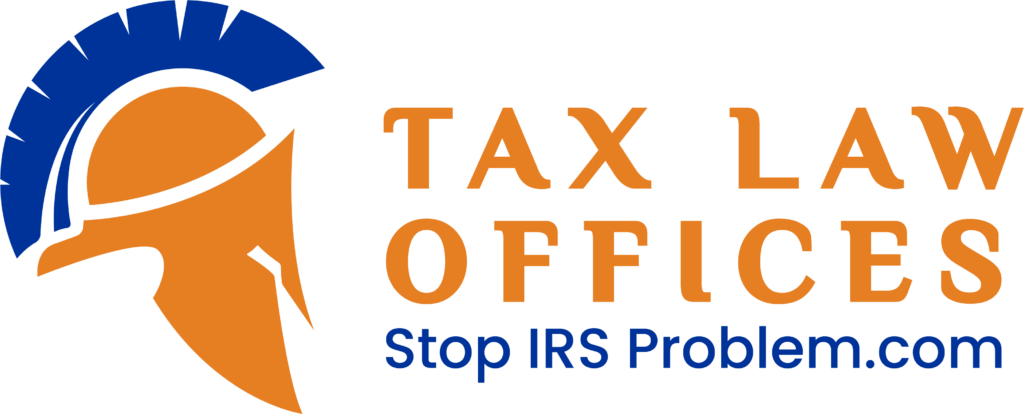A wrongful seizure by IRS can be stopped, and even refunded.
Basically, a wrongful levy by the IRS attaches a bank account or some other property of which you do not actually own. This may also be an asset of which you have no rights. An example of this, is a bank account that belongs to your spouse, your children, or possibly to your business partners.
(Note that a levy is different than a lien.)
Here is the good part. If those funds have not already been forwarded to the government, the IRS’s procedure requires the levy to be released. Just as important, if those seized funds have already been sent over to the IRS, those funds can be returned. This does not even require proving financial hardship.
Of course, this result requires proving that the levy was wrongful, and that returning the proceeds is appropriate. Keep in mind the person claiming a wrongful levy by the IRS should be the injured person, and not the person from whom the IRS was attempting to collect.
Make certain that the innocent party has adequate supporting documentation. This must include:
- The full name and full address of the innocent party.
- That person’s Tax I.D. number, or social security number.
- The name and address of the levied bank.
- The specific date and amount of the funds seized.
- Any documentation (such as a bank statement) showing the funds levied frozen, set-aside, or paid over to the government.
In any case, the process of proving wrongful levy requires quick action, and should not be delayed. Connect with us today to learn more!
